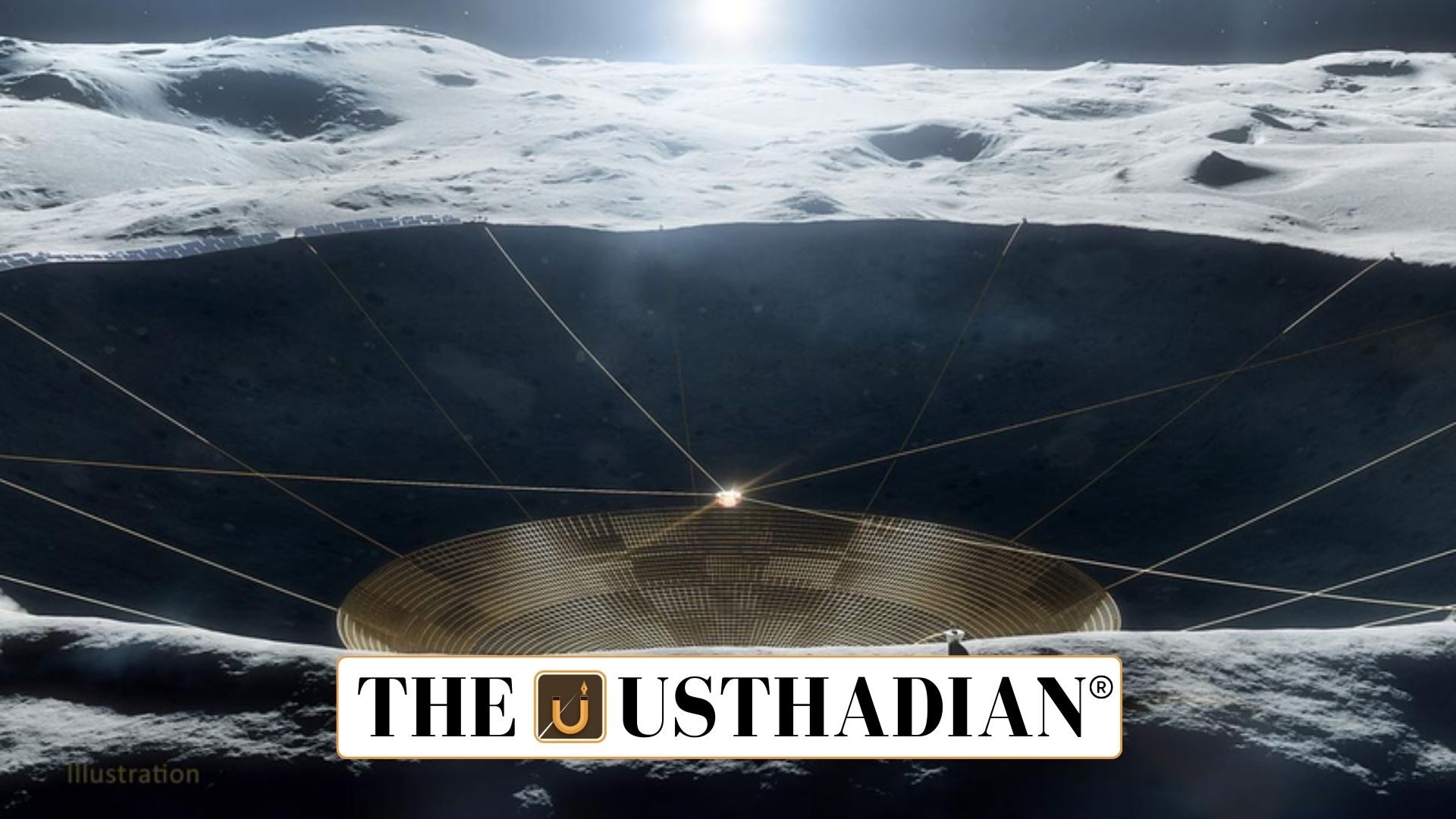Understanding the Cosmic Dawn
PRATUSH Radiometer and the Study of the Early Universe: The Cosmic Dawn marks the turning point when the first stars and galaxies illuminated the Universe. This era set the foundation for cosmic evolution by initiating the reionisation of hydrogen gas. Observing it is crucial for tracing the earliest structures in the cosmos, though signals from this time are extremely faint and often hidden by Earth’s radio interference.
Static GK fact: The Universe is estimated to be 13.8 billion years old, and the Cosmic Dawn occurred a few hundred million years after the Big Bang.
Mission of PRATUSH
The PRATUSH Radiometer has been conceptualized to overcome these observational challenges. Its mission involves operating on the far side of the Moon, which provides a naturally quiet environment, isolated from Earth’s radio frequency noise and ionospheric disruptions. From there, the instrument can pick up the 21 cm emission from hydrogen atoms, a signal carrying vital clues about the early Universe.
System design and control unit
PRATUSH combines an antenna, an analog receiver, and a digital receiver for its operations. At the center of this setup is a single board computer (SBC) that acts as the main controller. Comparable to a Raspberry Pi in design, this SBC manages the interaction with a field programmable gate array (FPGA), ensuring smooth collection, storage, and calibration of data. For flight models, the commercial unit will be swapped with a space-grade SBC to meet operational standards.
Static GK fact: The 21 cm hydrogen spectral line, key to radio astronomy, was first predicted by Hendrik van de Hulst in 1944 and confirmed in 1951.
Technical strengths
A defining strength of PRATUSH is its lightweight and power-efficient architecture. Its compact form reduces mission costs and enables long-duration deployment in space. Ground testing has demonstrated its ability to detect signals at temperatures as low as a few millikelvins, proving the system’s high sensitivity. Upgraded algorithms and hardware modules are expected to enhance performance in upcoming missions.
Static GK Tip: The lunar far side is widely regarded as the most suitable zone for radio astronomy because of its shielded environment from Earth-based disturbances.
Broader importance
The successful operation of PRATUSH could provide unparalleled insights into the birth of the first stars and galaxies. By employing a low-mass, high-efficiency instrument, the project highlights a growing approach in space research—achieving maximum scientific outcomes with minimal resources. Such innovations show how modern computing technologies are enabling deeper exploration of the inner Solar System and beyond.
Static GK fact: India’s space program has previously showcased its strength in lightweight payloads, as seen in missions like Chandrayaan-1 and Mangalyaan (Mars Orbiter Mission).
Static Usthadian Current Affairs Table
PRATUSH Radiometer and the Study of the Early Universe:
| Topic | Detail |
| Full name | PRATUSH Radiometer |
| Purpose | Detects 21 cm hydrogen line signals from the Cosmic Dawn |
| Orbit location | Far side of the Moon |
| Core system | Single board computer controlling FPGA and receivers |
| Signal studied | Hydrogen 21 cm emission line |
| Sensitivity | Noise levels down to a few millikelvins |
| Replaces | Commercial SBC replaced by space-qualified SBC |
| Importance | Unlocks knowledge of first stars and galaxies |
| Broader trend | Use of lightweight, efficient payloads in space science |
| Static GK fact | 21 cm hydrogen line discovered in 1951 by van de Hulst |








